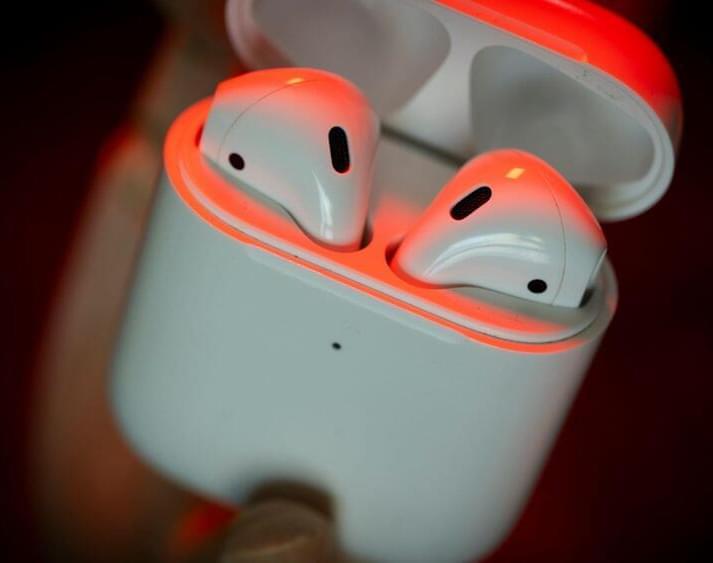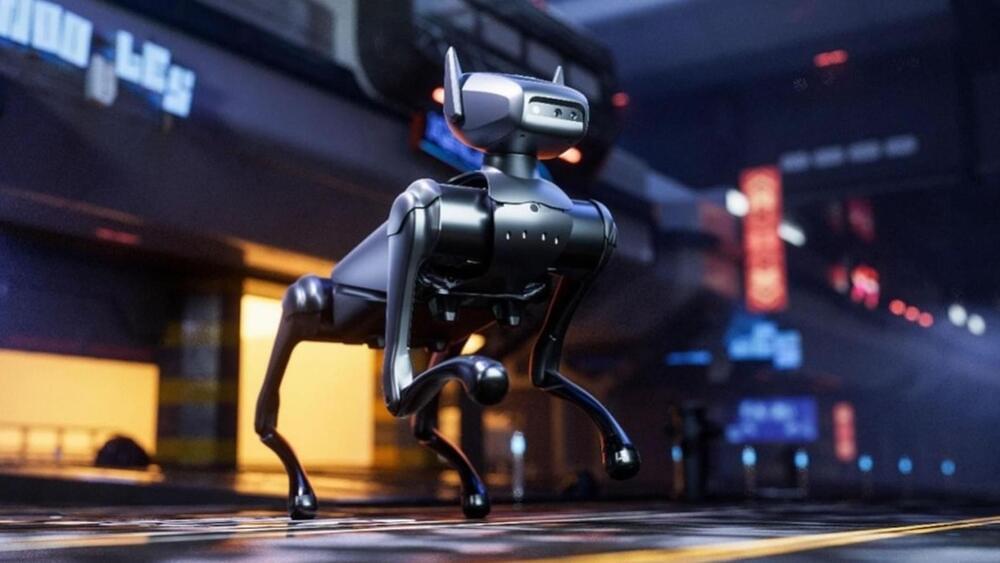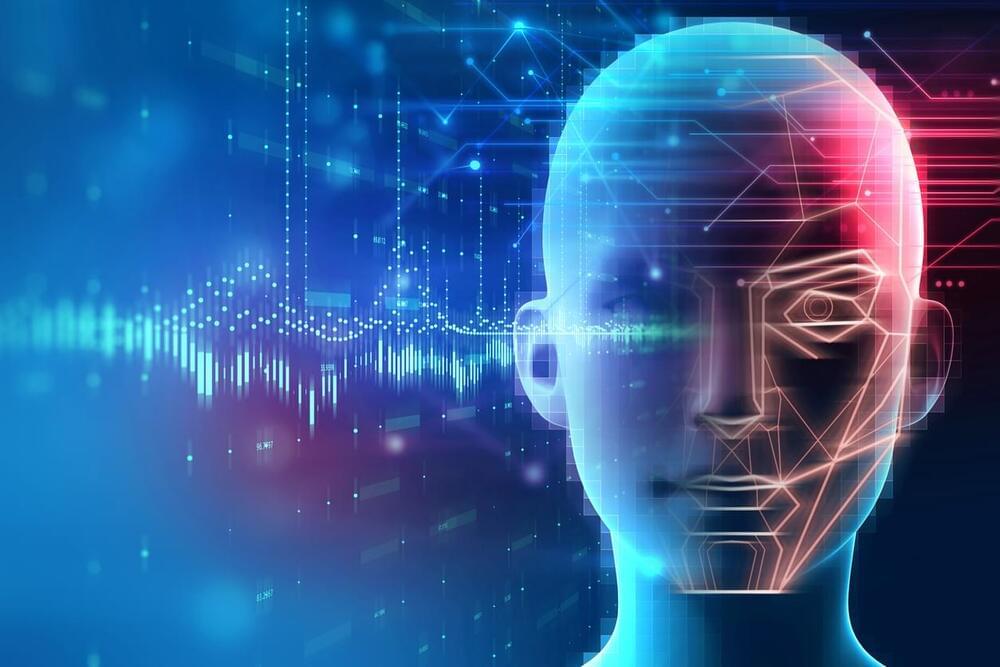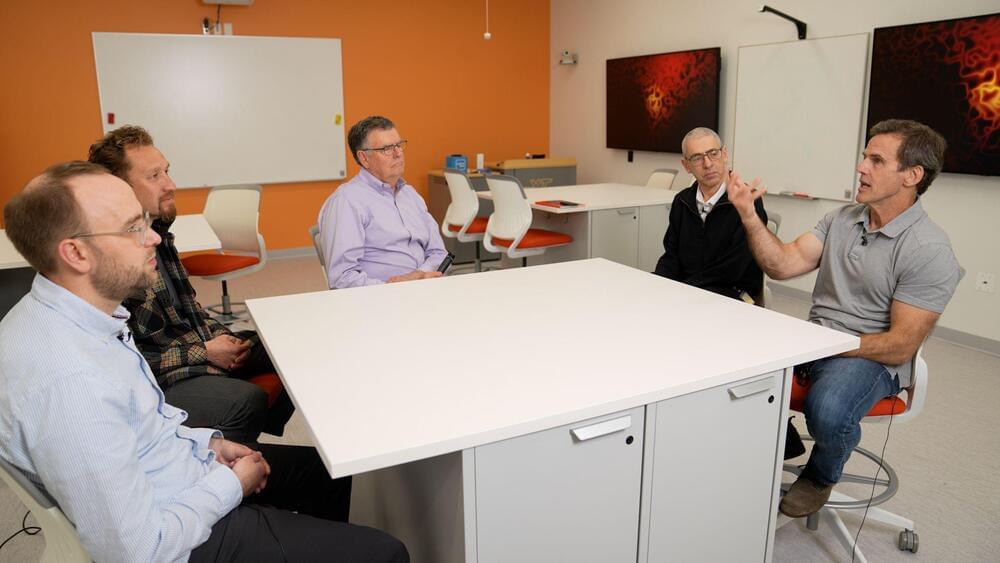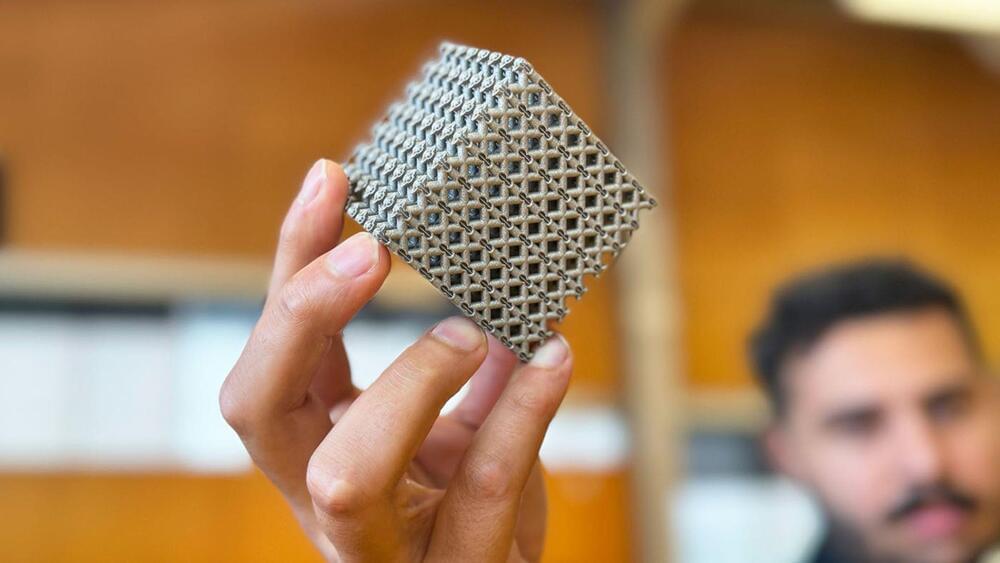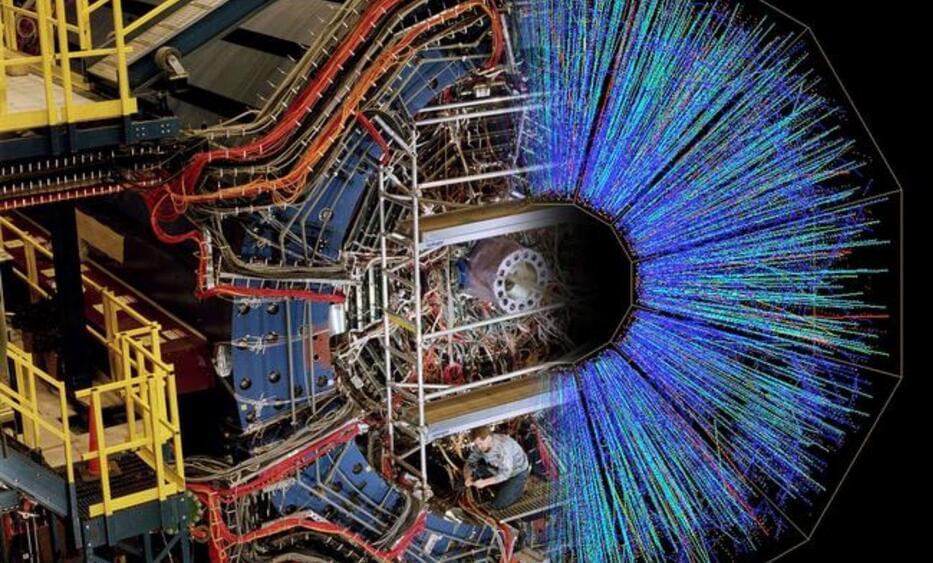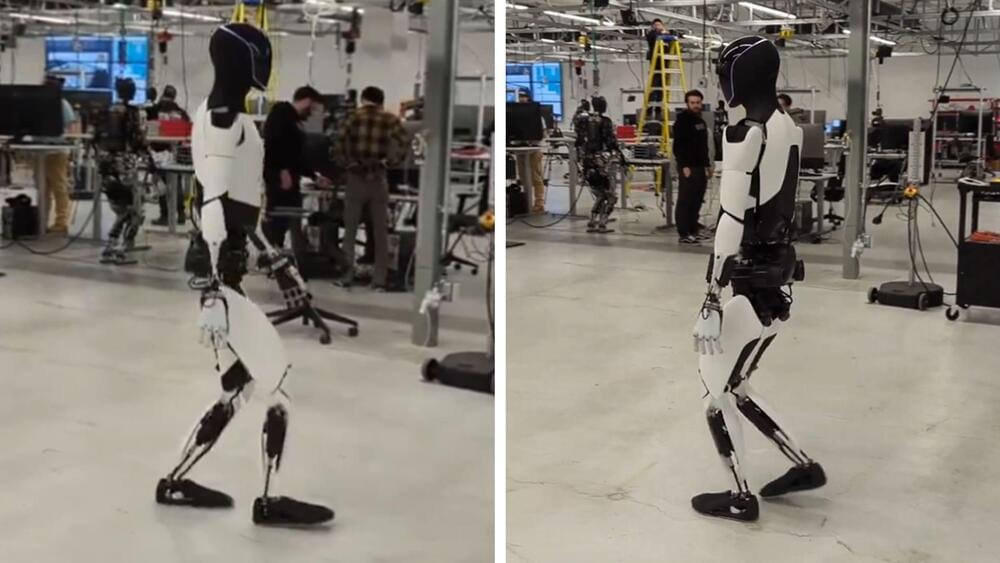Elon Musk has shared a new video on X of Tesla’s incredible Optimus robot taking a casual stroll around Tesla’s laboratory. Since being published on Saturday, February 24, the 1-minute and 18-second clip has garnered much attention, with almost 79 million views in a few days (at the time of writing).
The clip shows Optimus in a more complete aesthetic than previously released videos. It also shows how mobile the robot truly is. However, as other commentators have said, Tesla’s Optimus’ progress would have been impressive only a few years ago but lags behind other efforts like those by Boston Dynamics.
